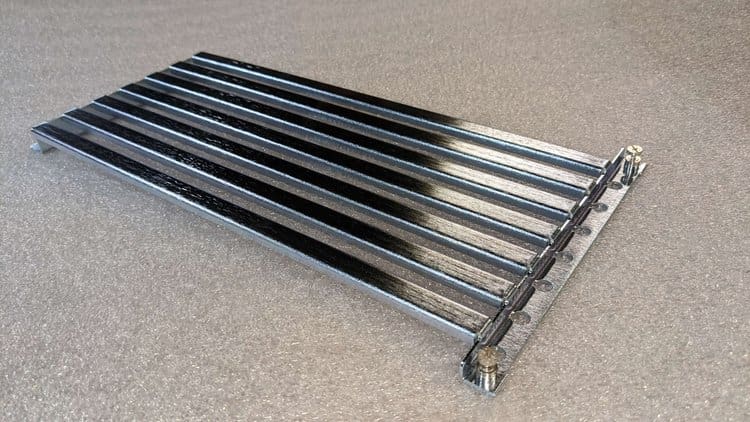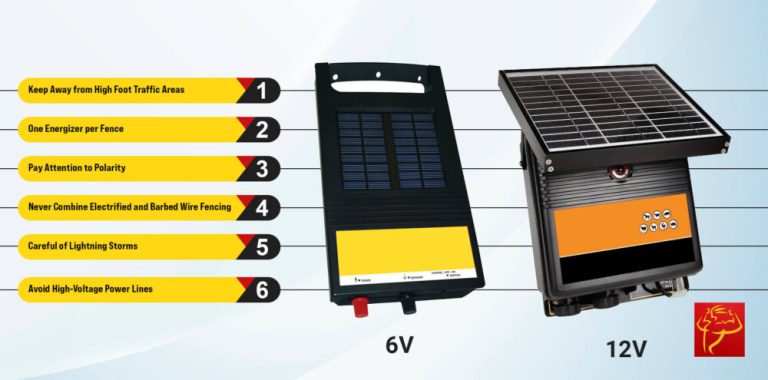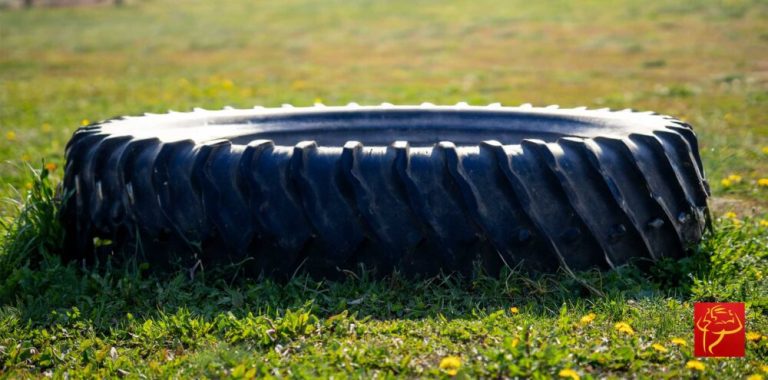Understanding Galvanized Pipes: A Comprehensive Guide
Galvanized pipes are a cornerstone in construction and plumbing due to their resilience and corrosion resistance. These pipes are steel pipes coated with a protective layer of zinc, which safeguards against rust and prolongs their lifespan. This article explores the details of galvanized pipes, addressing common queries about their usage, advantages, and how they compare to other materials, including the integration of geotextiles in construction.

What are the primary uses of galvanized pipes?
Galvanized pipes serve various purposes due to their robustness. Here are some key applications:
- Plumbing Systems: Frequently found in older homes, galvanized pipes were once the standard for water supply lines due to their rust resistance.
- Construction: Used for structural purposes, these pipes provide solid frameworks for buildings and bridges.
- Outdoor Applications: Their durability makes them ideal for outdoor uses such as fencing, railings, and handrails.
2. How do galvanized pipes compare to other types of pipes?
When selecting pipes for a project, it’s crucial to compare galvanized pipes with alternatives like copper, PVC, and stainless steel.
- Durability: While galvanized pipes are long-lasting, they can corrode if the zinc coating is damaged.
- Cost: Generally more affordable than stainless steel pipes but more expensive than PVC.
- Maintenance: Unlike PVC and stainless steel, galvanized pipes can suffer from rust buildup over time, potentially reducing water flow and degrading the pipes.
What are the benefits and drawbacks of using galvanized pipes?
Weighing the pros and cons of galvanized pipes can aid in making informed decisions.
Benefits:
- Corrosion Resistance: The zinc coating acts as a barrier against rust, extending the pipe’s lifespan.
- Strength: Galvanized pipes are robust and capable of withstanding high pressure.
- Versatility: Suitable for both indoor and outdoor applications, making them a versatile choice.
Drawbacks:
- Weight: Heavier than PVC and copper pipes, making installation more labor-intensive.
- Health Concerns: Potential health risks if used for drinking water and the zinc coating deteriorates.
How does the use of geotextile materials complement galvanized pipes in construction?
Geotextile materials enhance soil stabilization and erosion control in construction, complementing the use of galvanized pipes.
- Drainage Systems: Geotextiles prevent soil from clogging pipes in drainage systems, ensuring efficient water flow.
- Soil Reinforcement: Used in retaining walls, geotextiles stabilize the soil, allowing galvanized pipes to effectively support the wall’s framework.
- Erosion Control: In landscaping and road construction, geotextiles prevent soil erosion, while galvanized pipes ensure robust drainage and structural support.
Galvanized pipes remain a favored choice in construction and plumbing due to their durability, cost-effectiveness, and corrosion resistance. Despite some drawbacks, such as potential health risks and maintenance issues, their benefits often outweigh these concerns, especially in non-potable water applications. The integration of geotextile materials in construction projects enhances the performance and longevity of galvanized pipes by providing soil stabilization and preventing erosion. Whether for building a fence, creating a sturdy plumbing system, or reinforcing a construction project, galvanized pipes continue to be a reliable and valuable material.


